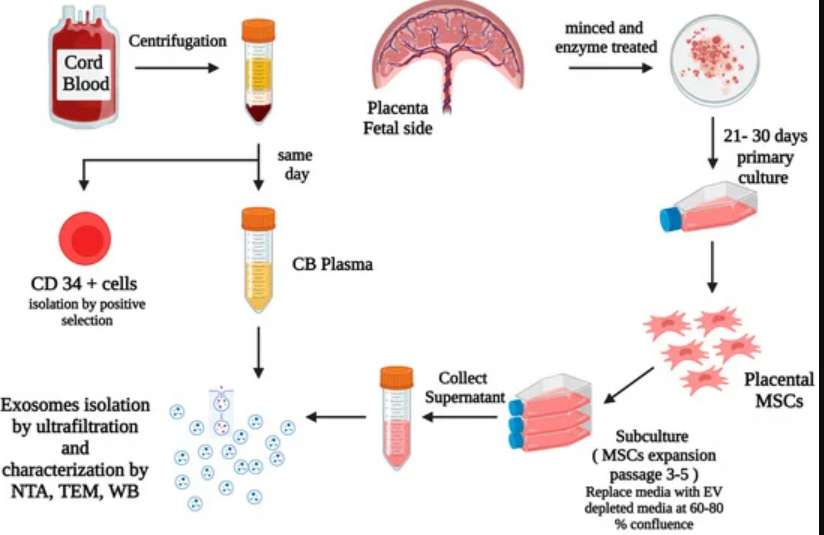Dr. Antoni Bayés, ICREC researcher and first author of the article, says, “This pioneering human clinical trial comes after many years of research in tissue engineering, representing a very innovative and hopeful treatment for patients with a heart scar resulting from a heart attack,” referring to PeriCord.
While the current study aimed to demonstrate the safety of this new drug in the context of myocardial infarction, its positive outcomes have shown that PeriCord possesses other exceptional properties. It has proven to be a medicine with excellent biocompatibility, drastically minimizing the risk of rejection and ensuring perfect tolerance by the body.
Additionally, it has anti-inflammatory properties, paving the way for broader applications in pathologies involving inflammation. “Its potential could be much wider; we believe it can be a valuable tool for modulating inflammatory processes,” explains Dr. Sergi Querol, head of the Cellular and Advanced Therapies Service at BST.
Severe but stable patients
The patients included in the therapy are individuals who have suffered a heart attack and have reduced quality and life expectancy. The bypass ensures blood circulation in the area, and the bioimplant goes a step further to stimulate the scar, initiating cellular mechanisms involved in tissue repair.
“Voluntarily provided substances of human origin are used, both in terms of multi-tissue donor pericardial tissue and mesenchymal stem cells from umbilical cord donors at the birth of a baby,” explains Querol. It is very gratifying to think that “thanks to this and the donors, we provide a new therapeutic tool that can improve a patient’s quality of life.”
PeriCord consists of a membrane that comes from the pericardium of a tissue donor, which BST has decellularized and lyophilized. It has then been recellularized with these umbilical cord stem cells.
He and his colleagues wanted to see if that was the case with stillbirths in women with COVID-19. But what they found was almost the opposite: it was the placenta that was infected and extensively destroyed.
“Many of these cases had over 90% of the placenta destroyed—very scary,” said Schwartz.
Normal placenta tissue is a healthy reddish hue and spongy. The specimens they studied were stiff, with dark discolorations of dead tissue. While other infections can sometimes damage the placenta, Schwartz said he’d never seen them cause such consistent, extensive destruction.
The placenta is an organ that forms and attaches to the womb during pregnancy. It connects with the umbilical cord, providing oxygen and nourishment from the mother’s bloodstream.
The virus likely reached the placenta through the bloodstream, attaching to susceptible cells and causing protein deposits and an unusual form of inflammation that blocked blood flow and oxygen. That in turn led to placenta tissue death and suffocation, the researchers said.
Coronavirus was also detected in some of the fetuses, but evidence of suffocation in the womb points to placenta damage as the more likely cause of death, they said.
Gottlieb said the FDA announcement issued Thursday is a final warning to companies before tougher enforcement.
“Time is running out for firms to come into compliance during our period of enforcement discretion,” he said. “We’ll be increasing our oversight related to cell-based regenerative medicine as part of our comprehensive plan to promote beneficial innovation while protecting patients.”
At least 12 patients in three states—Florida, Texas and Arizona—became infected after getting injections for problems like joint and back pain, the Centers for Disease Control and Prevention said. All 12 were hospitalized, three of them for a month or longer. None died.
Investigators don’t think the contamination occurred at the clinics where the shots were given, because they found bacteria in unopened vials provided by the distributor, Yorba Linda, California-based Liveyon.
Liveyon voluntarily recalled the stem cells in October.
Last month, the Food and Drug Administration sent a warning to Genetech Inc., the small San Diego company that processed the stem cells. The FDA said the company should not be marketing the stem cells without regulators’ approval and has deviated from manufacturing requirements in ways that could have led to bacterial contamination.
Stem cells are very young cells than can develop into specialized cells, like blood cells, bone cells and brain cells. The cells are being studied as a potential way to treat many diseases and are currently approved for a handful of medical procedures. In recent years, hundreds of private clinics have opened promoting their use for diseases in which there is little evidence they are safe or effective.
Stem cells can be harvested from adults, but another source is umbilical cord blood, which can be collected at the time of birth, stored and later used as a treatment for the child or family members who develop conditions like blood or immune disorders. Officials say stems cells from cord blood also are being sold to doctors to treat patients for conditions like pain in their joints, shoulders or back.
Last year, the FDA announced plans to crack down in doctors and businesses promoting stem cell injections for diseases ranging from arthritis to Alzheimer’s disease.
The CDC reported that stem cells from cord blood were the source of bacterial infections in seven in Texas, four in Florida and one in Arizona. The average age of the patients was 74.
Five different germs were seen in the patients, including one type of E. coli.
